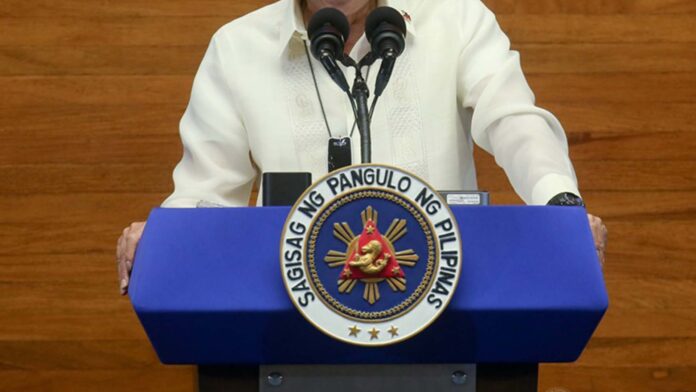The Philippines has vastly improved its governance compared to the early days of our independence. The second half of presidents from Diosdado Macapagal to our current leader, Rodrigo Duterte have led the country to both triumphs and downfalls that shape who we are as a nation today.
Diosdado Macapagal, the ninth president of the Philippines, was born in Pampanga. The lawyer and professor became president in 1961 following his stint as Garcia’s vice president. He is known to have declared June 12 as Philippines’ Independence Day and placed the Philippine peso on the currency exchange market. He also established the first Land Reform Law and signed the Minimum Wage law.
The tenth president of the Philippines is Ferdinand Marcos and is the longest president to hold office or 20 years. He declared Martial law in 1972 and was known for his dictatorship that led the country to be one of the most indebted countries in Asia by 1986. Marcos ruled the country with an iron fist that enabled corruption and brutality to reign supreme until he was removed from office after the People Power Revolution.
Corazon “Cory” Aquino was the eleventh president following the People Power Revolution. She was the first woman to be president of the Philippines and of an Asian country. She restored democracy after the Marcos’ dictatorship. Before becoming president, she was a housewife and had no position in the government whatsoever. In Aquino’s administration, she reorganized the structure of the executive branch and created the 1987 Constitution that we still use until today.
Fidel V. Ramos assumed to be twelfth president of the Philippines. He is also the first non-Catholic President of the nation. His term was known for its objective to strengthen economic grown and national solidarity despite the Asian Financial Crisis in 1997. The Philippine stock exchange grew and the peace agreement with the rebel Moro National Liberation Front (MNLF) was created during his time as well.
Joseph “Erap” Estrada became the thirteenth president of the Philippines. Before becoming president, he was the vice president during Ramos’ administration, a senator, a mayor, and a famous film actor. Estrada was known to be for the poor and for the impeachment trials he faced at the turn of the millennium. Due to the uproar caused by this, he was ousted on January 20, 2001 following the People Power Revolution.
Gloria Macapagal-Arroyo, who was then the Vice President, assumed Estrada’s position making her the fourteenth president of the Philippines. She was an economics professor before her presidency. During her administration, there were improvements in the transportation industry and the economy of the country. However, the “Hello Garci” controversy plagued her term and Arroyo faced impeachment proceedings in 2005.
Benigno “Noynoy” Aquino III, is the fifteenth president of the Philippines. Before presidency, he was a part of the house of Representatives and the Senate. In September 2009, Aquino announced his candidacy for the 2010 presidential race, a month after the death of his mother, Cory Aquino. This served as a stepping stone for Aquino to be greatly favored thus winning the position of president. His term is best known for the no “wang-wang” policy, the start of the K-12 education in the Philippines and conclusion of a peace agreement with the Moro Islamic Liberation Front (MILF) in 2012.
Rodrigo Roa Duterte, is the current and sixteenth president of the Philippines elected in 2016. Before his presidency he was a prosecutor in Davao until he was appointed vice major of the city in 1986 and elected mayor in 1988. Ever since then he was the mayor of Davao but also completed a term representing Davao in Congress in 1998. During his time, Davao became one of the safest areas in Southeast Asia. As president, he continues his fight against the war on drugs with more than 6,000 extrajudicial killings in his first six months in office. Laws passed during the Duterte Administration so far include the Bayanihan to Heal as One Act to combat COVID-19 and the Anti-Terrorism Act of 2020.
Overall, the Philippines has witnessed different kinds of presidents from its history. To qualify to be a president is easy yet what one does with their power after being elective is what the masses should be critical about. It is why it is imperative for Filipinos to know their history to help them make conscious and critical decisions when the time to vote for the next president comes in 2022.
Photo Source: Presidential Communications Operations Office Official Website


